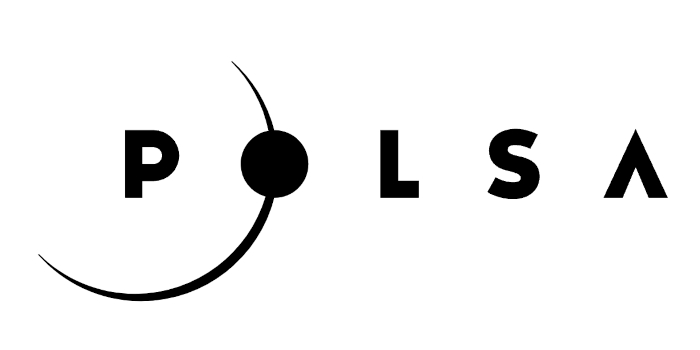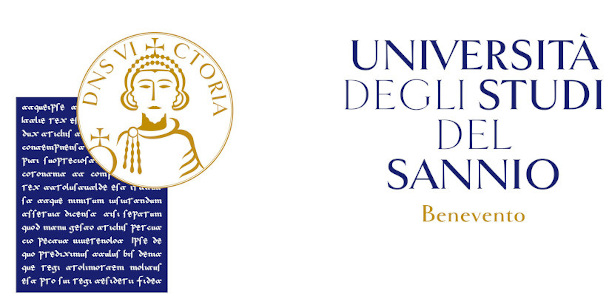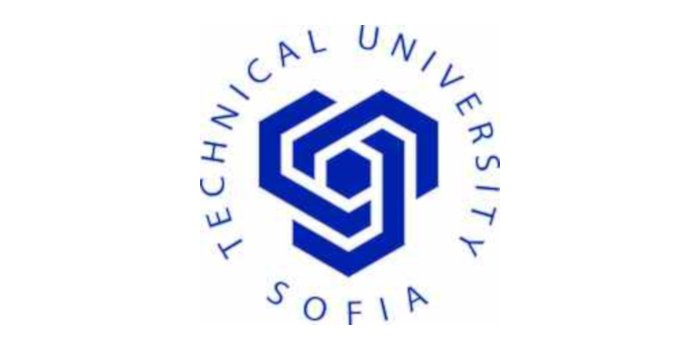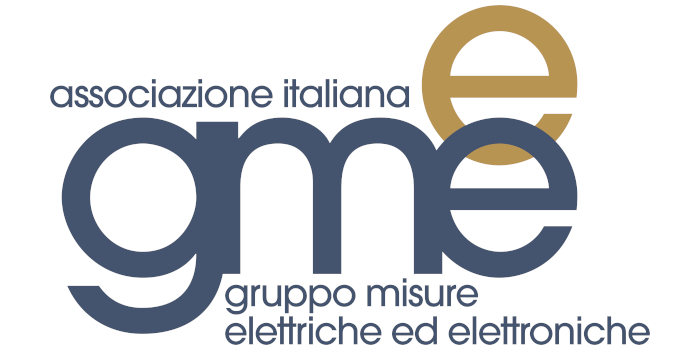SPECIAL SESSION #10
Optical and Innovative Sensors for Aerospace
ORGANIZED BY
Alessandro Aimasso
Politecnico di Torino, Italy
Matteo Davide Lorenzo Dalla Vedova
Politecnico di Torino, Italy
Pietro Ferraro
Institute of Applied Sciences and Intelligent Systems, National Research Council, Italy
Paolo Maggiore
Politecnico di Torino, Italy
ABSTRACT
Over the last few years, optical fiber has revolutionized numerous engineering applications. Starting from the telecommunications sector, it has found increasing use in radically different areas, such as medicine, lighting engineering, or infrastructure monitoring. In addition, in the context of more frontier engineering projects, the possibility of having extremely precise and reliable sensors – able to work even in hostile environments – is becoming increasingly strategic. Optical fiber-based sensors are capable of meeting all these requirements. Consequently, they represent an extraordinary innovation opportunity also for the aerospace industry. The lightness of the fiber, its immunity to electromagnetic radiation, electrical passivity, quick response time, high sensitivity, and minimal invasiveness (even when integrated into thin structures) are some of its strengths. A technology, therefore, that can guarantee high performance in hostile - if not extreme - environments, an aspect that is essential for any aerospace application.
This special session, therefore, has the ambitious objective of providing a space for discussion primarily on the state of the art of research activities on optical fiber (and optical sensors) in the aerospace sector. More generally, however, it is also intended to provide an opportunity to present studies and analyses concerning the use of innovative sensors for typical aerospace applications, such as prognostics, diagnostics, sensors fusion, etc.
TOPICS
- Innovative sensors for hostile environments
- Integration of optical fiber in aero-mechanical systems
- Optical sensors packaging techniques and materials for aerospace
- Using optical fiber sensors for prognostics and diagnostics activities
- Smart components for aerospace
- Optical sensors for thermal testing
- Vibrational analysis with optical sensors
- Laser techniques for aerospace
- Sensor fusion activities for aerospace systems
- Use of optical fiber for non-invasive monitoring
- Bonding techniques for optical sensors on aerospace applications
- Innovative sensors for aerospace system safety
ABOUT THE ORGANIZERS
Alessandro Aimasso, after scientific high school he received his M.Sc. in Aerospace Engineering from the Politecnico di Torino in 2020, with a specialization in the space sector. He is currently a research fellow at the Politecnico di Torino's Department of Mechanics and Aerospace Engineering (DIMEAS). His current research is primarily focused on optic sensors for both aeronautical and space applications, with collaborations with specific external stakeholders in this sector. He contributes to the research activities of the ASTRA (Additive Manufacturing for Systems and sTRuctures in Aerospace) group and the Politecnico di Torino's Inter-Departmental Center for Photonic Technologies PhotoNext.
Matteo D. L. Dalla Vedova received his M.Sc. and Ph.D. in aerospace engineering at Politecnico di Torino in 2003 and 2007, respectively. He is currently an Assistant Professor in the Department of Mechanics and Aerospace Engineering (DIMEAS). His research activity is mainly focused on aeronautical systems engineering and, in particular, is dedicated to designing, analyzing, and numerical simulation of onboard systems, the study of secondary flight control systems and conception of related monitoring strategies, development of prognostic algorithms for aerospace servomechanism and analysis of innovative primary flight control architectures. His research activity is presented in more than 100 scientific papers and patents. Main Research Topics: aeronautical systems engineering; design, analysis, and numerical simulation of onboard systems; study of secondary flight control systems and conception of related monitoring strategies; development of prognostics algorithms for aerospace servomechanism; minimally intrusive sensors for aerospace applications; photonics sensors implementation.
Pietro Ferraro is Research Director at Institute of Applied Science and Intelligent Systems, National Council of Research (CNR-ISASI), Pozzuoli, Italy. He is now pursuing his interests in 3D imaging for applications in non destructive testing in aerospace, biomedical field, fiber sensors, nanofluidics, and optofluidics. He has published about 300 papers in peer-review journals and has been an invited speaker in several international conferences. He is a co-editor of two books: Micro-/ Nanoengineering and Characterization of Ferroelectric Crystals for Photonic Applications (New York, NY, USA: Springer-Verlag, 2008) and Coherent Light Microscopy(New York, NY, USA: Springer-Verlag, 2011). Dr. Ferraro is a Fellow of the International Society for Optics and Photonics (SPIE) and the Optical Society of America (OSA). He is the Topical Editor of Biomedical Optics Express, member of the Editorial Board of the Optics and Lasers in Engineering Journal, member of the Editorial Board of the Measurement & Science Technology Journal. He received the SPIE Dannis Gabor Awared in 2020. He is member of the Scientific Board of Italian Space Agency (Agenzia Spaziale Italiana) for the next four years.
Paolo Maggiore graduated in aerospace engineering at Politecnico di Torino. He is author of many technical papers regarding aerospace general systems, reliability, satellite testing integration and verification, logistics and design methodologies applied to space systems. At the present he is associate professor at Politecnico di Torino. His interests range from concurrent engineering to preliminary design methodologies applied to satellites, pressurized modules and exploration architectures; he is involved in studies of robotic systems, small electrical power generation units and innovative optical sensors supporting prognostic functions for space applications. The development of some applications on these subjects occurs in collaboration with Thales Alenia Space, ESA, ASI (Italian Space Agency) and Regione Piemonte.







































